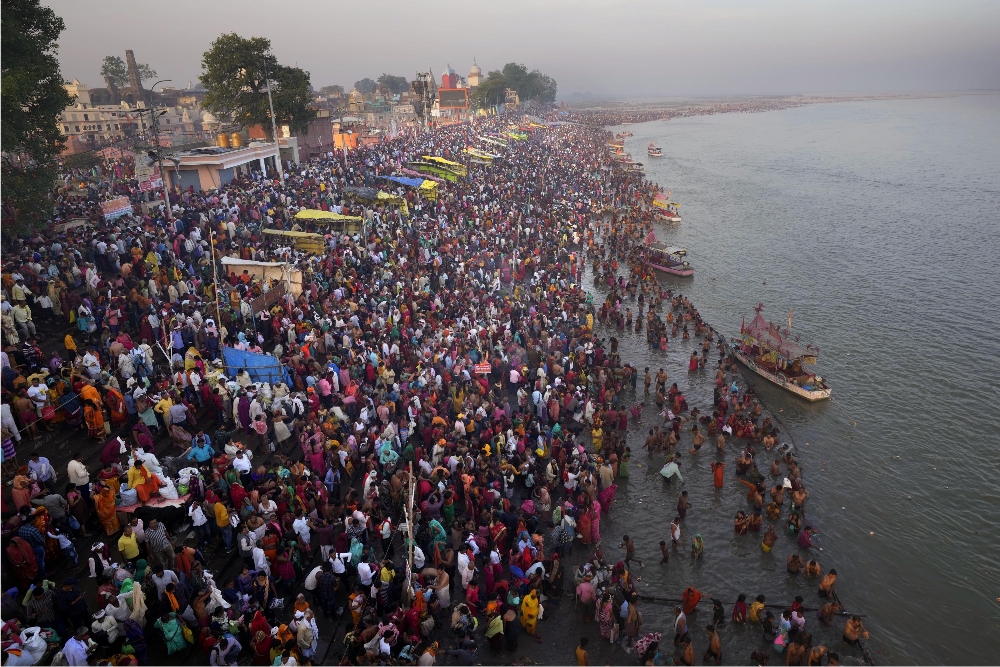According to United Nations data released on Wednesday, India is on track to surpass China as the world’s most populous nation by mid-2023. The report raises questions about whether India’s booming, young population will fuel economic growth for years to come.
While India boasts the largest number of people aged between 15 and 24 in the world with 254 million, China is struggling with an aging population and stagnant population growth. This has led many to believe that the demographic changes could pave the way for India to become an economic and global heavyweight.
India’s young citizenry could drive the country’s economic growth for years to come, but it could also become a problem if they aren’t adequately employed. Economists have cautioned that even as India’s economy is among the fastest-growing, joblessness has also swelled.
The report indicated that India will have about 2.9 million more people than China by the middle of this year. India will have an estimated 1.4286 billion people compared to mainland China’s 1.4257 billion at that time, according to U.N. projections. However, demographers say the limits of population data make it impossible to calculate an exact date, especially since India has not done a census since 2011.
India wasn’t expected to become the most populous country until later this decade, but the timing has been sped up by a drop in China’s fertility rate, with families having fewer children. India, on the other hand, has a much younger population, a higher fertility rate, and has seen a decrease in infant mortality over the last three decades. Nonetheless, the country’s fertility rate has been steadily falling, from over five births per woman in 1960 to just over two in 2020, according to World Bank data.
The country’s population has more than quadrupled since gaining independence 76 years ago. As India looks set to become the world’s largest country, it is grappling with the growing threat of climate change, deep inequalities between its urban and rural populations, economic disparities between its men and women, and a widening religious divide.
In a survey of 1,007 Indians conducted by the U.N. in conjunction with the report, 63% of respondents said economic issues were their top concern when thinking about population change, followed by worries about the environment, health, and human rights.
Andrea Wojnar, the United Nations Population Fund’s representative for India, said in a statement that “The Indian survey findings suggest that population anxieties have seeped into large portions of the general public. Yet, population numbers should not trigger anxiety or create alarm. They should be seen as a symbol of progress and development if individual rights and choices are being upheld.”
Many are banking on India’s rising number of working-age people to give it a “demographic dividend,” or the potential for economic growth when a country’s young population eclipses its share of older people who are beyond their working years. It’s what helped China cement its place as a global power.
“So far, we have not been able to tap into our demographic dividend adequately. While the working-age population has grown quite substantially, employment has not grown,” said Mahesh Vyas, director of the Center for Monitoring the Indian Economy. He added that the country has struggled to create additional employment in the last six years, with the number of jobs stagnant at 405 million.
India has had a phenomenal transformation — from an impoverished nation in 1947 to an emerging global power whose $3 trillion economy is Asia’s third-largest. It is a major exporter of things like software and vaccines, and millions have escaped poverty into a growing, aspirational middle class as its high-skilled sectors have soared. However, this transformation has not been without its challenges, and as India prepares to surpass China as the world’s most populous nation, questions are being raised about how its young and growing population will impact the country’s economy.

